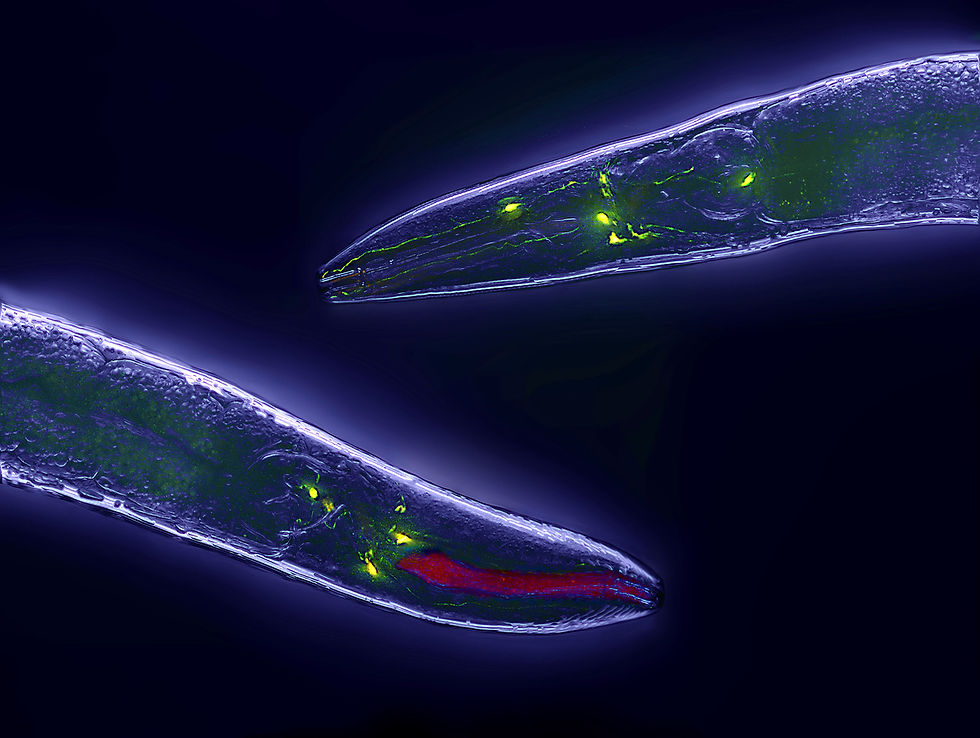No way. Siberian nematodes have survived 40,000 years of cryogenic freeze.
- wfsander
- Aug 6, 2018
- 1 min read
Updated: Aug 8, 2018

We’ve always thought we knew just how hardy nematodes can be.
Nematodes are microscopic roundworms that fill an important role in transferring nutrients through the soil foodweb. We often employ a simple process for extracting large numbers of them from compost; this technique creates a handy tool for adjusting a soil’s microbial profile.
With relative ease we can concentrate large numbers of nematodes (a handful of quality compost should contain many thousands) in a few milliliters of water. Refrigerate this extract, and most of your ‘todes should have no problem lasting a year or two.
Beyond that, there is evidence of nematodes having survived four decades under ice, as Smithsonian reports. But none of that compares to this: Researchers in Siberia have apparently revived two nematodes after finding them in separate permafrost deposits – one about 32,000, the other nearly 42,000, years old.
The Russian scientists who accomplished this feat were working with Princeton University. Observers are saying they’re waiting to see further proof, while noting that such a thing should, indeed, be possible.
This marks the first time a multicellular organism is proven to have survived such a long period in cryofreeze. The implications for several scientific fields are huge.
So there it is – another vivid bit of evidence that when it comes to understanding the vast universe of life in the ground, we’re still barely scratching the surface.



Comments